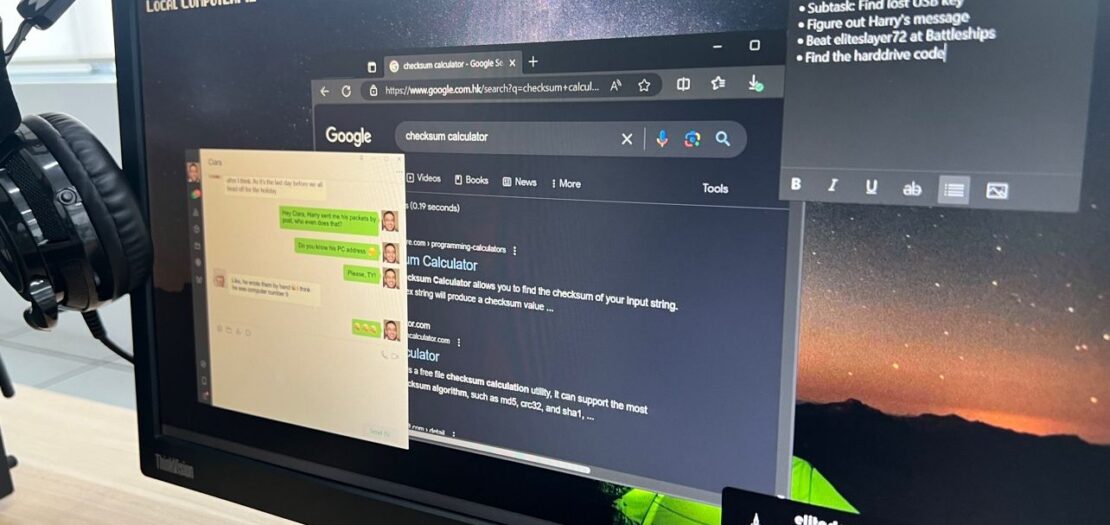A frozen computer screen, a virtual threat and only 30 minutes to find the password and activate the antivirus program. This was the start of one of my most favorite lesson styles, the Escape Room. By solving a series of challenges including encryption, reading data packets and fixing bugs, a student-led adventure began.

In Computer Science, students often learn about concepts that can seem abstract, or useless. Students can get to wondering what’s the point of learning binary, why do we care that data is transmitted in packets and who needs to read code anyway? While not all of these concepts that may come up every day, they do have their uses. By using the escape room scenario, students see how things they’re learning have uses. Equally important, it also gives them chance to practice their critical thinking.

Escape rooms are an entirely student-led activity. After the introduction, I become an observer, watching as students use their prior learning to navigate the challenges in front of them. I love using the Socratic approach, asking questions to activate their prior knowledge, rather than give hints or clues. In this way, students can feel empowered in their own learning journey.
From team building to problem solving, escape rooms lead the way to a wide range of learning styles. There are so many reasons to use escape rooms in your classroom. They take a lot of setup, but it’s well worth it when you see the energy and excitement from your students.





0 Comments